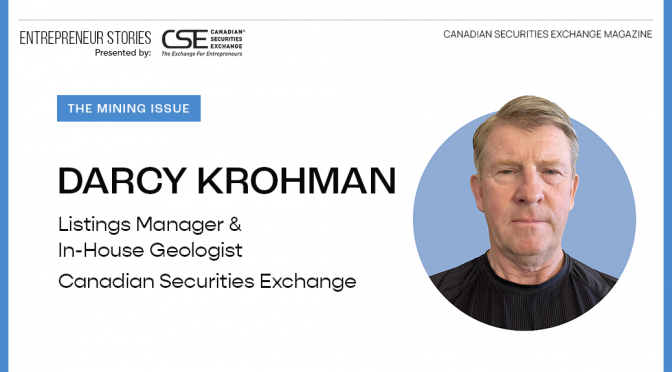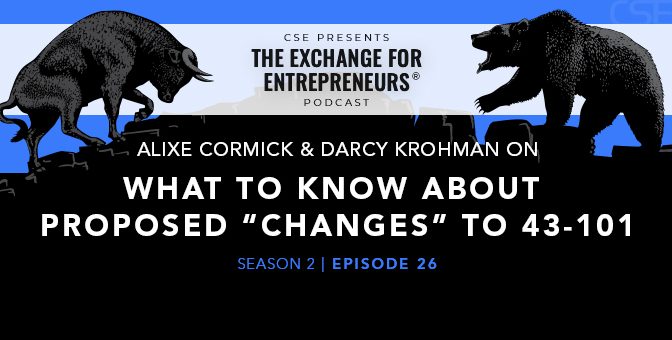Your education and experience are at a unique intersection of finance and mining. What made you decide to pursue this career trajectory?
During my undergrad, I completed several business courses which set me on a path to pursue the Chartered Accountant program, articling with KPMG. My intent was always to integrate finance and mining, as, from my perspective, the subject matter and information derived from these two disciplines provide the “nuts and bolts” of the operations of any mining or mineral exploration company.
Where did your career in mining start?
My first jobs in the mining space were with the UBC working for a PhD student and mapping a large region near the Mascot Gold Mine in the Similkameen Valley of southern BC, followed by summers working for BHP-Utah Mines in the Coastal Mountains of BC and on Vancouver Island at their Island Copper Mine.
What’s the most important thing you’ve learned during your time at the CSE?
The importance of patience and flexibility while working with issuers to achieve their objectives. Many junior companies do not have the in-house expertise or resources to address many of the complex issues to get their companies and mineral projects past the exchange listing “finish line.” EThe services the CSE provides for listing and ongoing continuous disclosure processes are integral to obtaining a positive outcome for the company, investors and the CSE.
What is the most important thing mining companies need to consider when going public?
The single most important aspect of any company, public or private, is having the right people doing the right functions. The mining industry is littered with examples of good projects significantly impaired by management with the wrong skill sets. Mining companies, like all companies who decide to go public, must also realize that the rules of the game change once you decide to go public. The assets of the company are no longer solely for the benefit of the directors, officers, management and insiders, and there is an ongoing obligation to account for those assets.
From your perspective, what are some challenges that public mining companies are currently facing?
In a complex industry like mining, there are numerous challenges faced by public companies. Some of these include identifying resources, dealing with longer lead times, developing new technology, finding qualified labour, working in remote and complicated jurisdictions, and complying with corporate social responsibility to stakeholders, Indigenous peoples, and the environment.
What are some misconceptions about mining you think people should know?
Probably the amount of environmental damage a mine will have if developed responsibly. To maintain our current standard of living, metals have to be produced, and environmental impact and surface disturbance will, unfortunately, occur. However, that impact can be mitigated by using evolving technologies, completing a cost-benefit analysis at each stage, and complying with professional and industry standards. Canada has high environmental standards, and I believe the export of these standards will help improve the acceptance of mining as a sustainable industry worldwide.
This story was featured in the Canadian Securities Exchange magazine.


